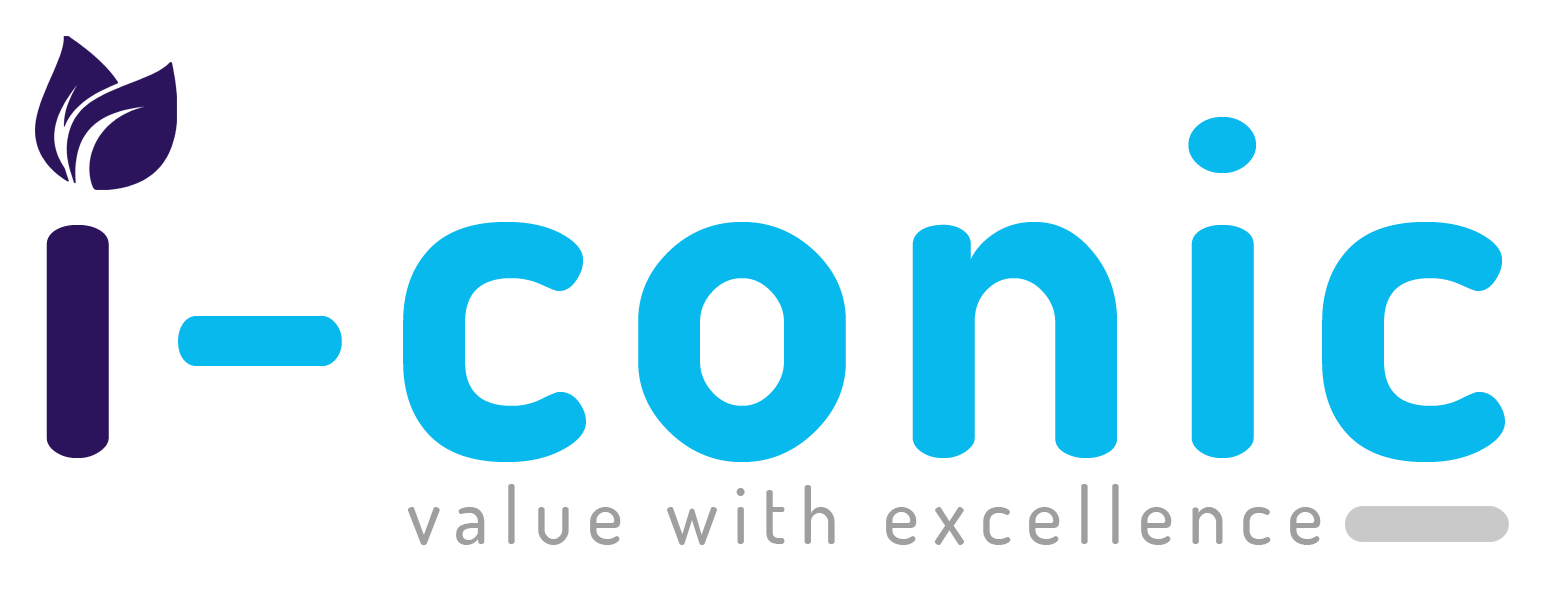Prior authorization (PA) is a required, often lengthy, process for many medical treatments, including ear, nose, and throat (ENT) procedures. It’s an insurer’s approval that a recommended procedure is medically necessary and covered. Due to their complexity and cost, ENT procedures almost always require a PA.
Unfortunately, this process frequently delays patient care and burdens both providers and patients. A denied authorization can even lead to claims rejections for essential surgeries, causing financial risk and disrupted treatment. Therefore, streamlining PA for ENT specialists is crucial to minimize denials, reduce delays, and improve patient outcomes. This blog will explore proven methods to fast-track the Prior Authorization for ENT Surgeries process, which is vital to prevent patient discomfort, prolonged symptoms, and scheduling disruptions.
Maintain a Real-Time List of ENT Surgeries
Always maintain a dynamic list of ENT surgeries that require Prior Authorization for ENT from each payer. Keeping it updated helps your staff quickly identify procedures needing approval, saving time on case verification. This proactive strategy prevents delays and allows you to start the authorization process as soon as surgery is considered.
Capture and Analyze Denials
Always record the detailed reasons for each preauthorization denial. Whether it’s a lack of medical necessity, missing records, or incorrect codes, tracking these insights helps you avoid repeating mistakes. This knowledge strengthens future submissions and provides leverage when appealing unfavorable decisions, especially for complex or high-cost ENT procedures.
Keep Up With ENT-Specific Guidelines
Insurance requirements for ENT surgeries change frequently. Regularly reviewing payer portals, subscribing to policy updates, and attending ENT-focused webinars keeps your team informed. Staying current helps you submit the correct documents the first time, reducing costly back-and-forth with insurance companies during the prior authorization process.
Use Automation Tools
Adopt EHR systems and software specifically designed for ENT practices to speed up authorizations. These tools can automatically fill in data, attach test results, and send status alerts. Automating these routine steps reduces errors and allows your practice to dedicate more time to patient care and efficient surgical scheduling.
Appoint a Dedicated ENT PA Coordinator
Assign a staff member to exclusively handle Prior Authorization for ENT. With consistent exposure to ENT cases, this coordinator becomes highly efficient in managing payer-specific processes, documentation, and common delays. Their expertise helps minimize rejections, respond faster to payer queries, and improve overall turnaround times for surgery approvals.
Prepare ENT-Specific Documentation in Advance
ENT surgeries often require test results like CT scans, audiograms, or endoscopy findings. Organize and prepare all relevant medical documents, clinical notes, and diagnostic codes in advance. Complete and clear documentation ensures faster approvals and prevents denials that result from insufficient information or ambiguous surgical justification.
Keep Communication Clear
Clear communication reduces confusion and delay. Ensure your team conveys information to both patients and payers, especially when documentation is missing or urgent clarification is needed. Keeping patients updated on their authorization status also builds trust and prevents unnecessary stress before a scheduled ENT surgery.
Educate Patients About the PA Timeline
Many patients don’t realize prior authorization can take days or even weeks. It’s crucial to explain the process clearly, including what’s required, potential delays, and how your team is managing it. This keeps patients informed, reduces complaints, and helps them promptly gather any personal documentation or secondary insurance details.
Request Expedited Review for Urgent Cases
ENT surgeries involving airway issues, severe infections, or pain may qualify for expedited review. Clearly label these requests as urgent and submit supporting clinical data. Fast-tracking approval in these cases ensures patients don’t suffer while waiting and helps providers deliver care when time is critical.
Implement a Consistent Follow-Up Routine
Implement a consistent follow-up protocol for all pending prior authorization cases. Check in with payers every 48 or 72 hours to ensure your request is being processed. A consistent follow-up routine helps catch missed faxes, incomplete forms, or lost documentation before it leads to surgical cancellations or patient dissatisfaction.
Standardize ENT PA Submissions
Use a checklist and template-based approach for each ENT procedure requiring prior authorization. Standardized processes ensure no documentation is overlooked and submissions are complete. This significantly reduces rejection chances and shortens the average approval time, allowing you to book surgeries faster with fewer delays.
Flag and Monitor Slow-Responding Payers
Track each payer’s response time for ENT surgery authorizations. If a payer consistently delays, allocate extra follow-up effort or escalate the issue promptly. Monitoring and managing response patterns helps you take control of slow-moving cases and prevent them from stalling patient care or disrupting the surgery schedule.
Hire ENT PA Specialists or Outsource with Experts
Hiring someone experienced in ENT-specific procedures and insurance reimbursement processes can be a game-changer. Alternatively, you can outsource medical billing and coding services to companies like I-conic Solutions, which specialize in prior authorizations. These external experts have an in-depth understanding of payer-specific policies, medical necessity guidelines, and documentation requirements. Furthermore, they can manage the entire medical coding and billing process with ease, from collecting clinical information and submitting proper forms to follow-up and appealing denials, all while complying with evolving regulations. This expertise enables providers to streamline paperwork, manage denials, and coordinate with payers, saving time and increasing your practice’s approval rate.






